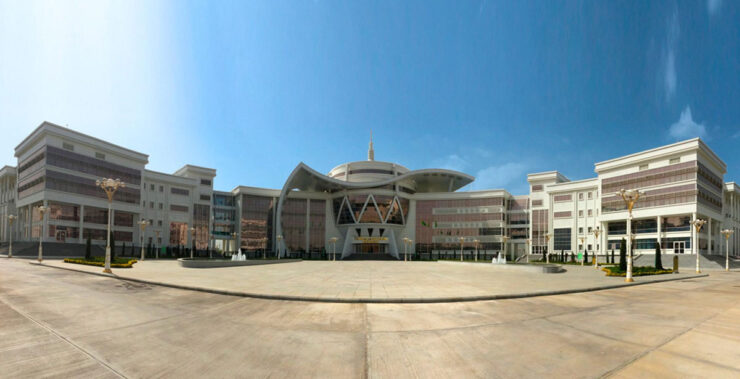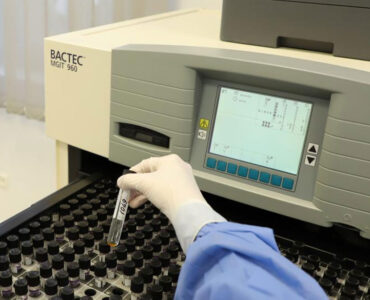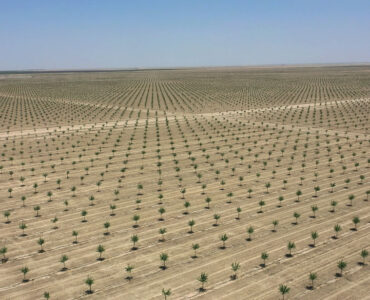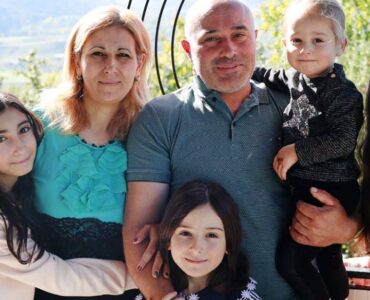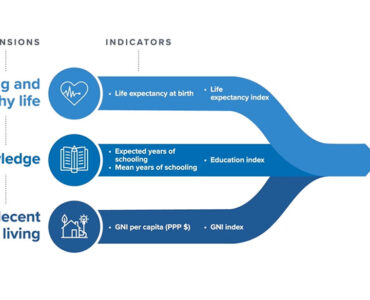Did you know that there is a technopark in Turkmenistan with the goal to conduct research and development, use its findings to boost innovation and transfer this knowledge into industries to improve their productivity? In this article we provide an overview of the Technology Center (aka technopark or science park) in Turkmenistan describing its structure, goals and the types of research the Center conducts. The Center is a state funded organization lacking sufficient finances, modernization and international expertise to run its operations. The details of the research mentioned in the media are not public.
About the Technology Center
The Technology Center of the Academy of Sciences of Turkmenistan was established on June 12, 2014. It is overseen by the Council of Scientists which was formed by the staff of the Center. The goals of the Center are to
- develop high-level scientific ideas and solutions in the field of science and technology;
- integrate scientific solutions and practical developments into production;
- contribute to the development of human capital and knowledge economy;
- ensure economic and technological security of Turkmenistan.
When the Center was established the former President Gurbanguly Berdimihamedov tasked it with propelling Turkmenistan to the forefront of science and technology by focusing on areas such as preservation and enrichment of flora and fauna of Karakum desert and Caspian, technologies to tap into the full potential of the Altyn Asyr lake, environmental solutions for the entire Central Asian and Caspian region, innovations in urban planning, road and pipelines construction, effective use of mineral waters and curative muds, and preparations of medicines from plants and herbs found locally.
The Center was expected to hire more than 200 scientists and researchers who were trained in Istanbul and Ankara at Bilkent University and Kiberparke, a Turkish Techno Park. The government planned to provide financial support initially, but expected the Center to become financially self-sufficient by selling its products and solutions to the commercial sector.
The Technology Center comprises 5 departments – digital library, printing house, Center for Entrepreneurship Development, the Technology Transfer Center and department of design, assembly and maintenance of experimental equipment. According to its website, the Center has 10 research laboratories that carry out interdisciplinary research in – nanotechnologies, biotechnologies, information security and communication, material synthesis, medicine production, food processing, geographical information systems, environmental technologies, energy production and energy saving technologies.
Limited scientific and technological work of the Center
In January 2023, Turkmen specialists created “Electronic Scientific and Practical Journal” on the basis of the Technology Centre to promote implementation of advanced scientific methods. The editorial staff of the journal includes scientists and university professors both from Turkmenistan and abroad.
The Technology Center also has a quarterly online magazine “Innovative Technologies in Turkmenistan”. It covers a wide range of topics including methods of purification and desalination of water, genetics and selection to increase the yield of cotton, the production of hydrogen from secondary water resources and the creation of agriculture based on solar technology. All articles are published in Turkmen language featuring both local and international scientists. However, neither of these journals are publicly available and there are no designated websites to access and see its content. It would have been beneficial to have these journals widely accessible so aspiring researchers and the general public could benefit from this knowledge.
The work of the Center in the media
The Technology Center is also involved in creating new technologies based on their scientific research. For example, the Center has developed an injector for the drip irrigation system which saves water and creates conditions for the development of beneficial microorganisms for plants. Scientists at the Center are also developing healthy confectionery products from fruit waste such as watermelon peels, melons, pomegranate peels, as well as pumpkin and sesame seeds. Products include soft sweets, lollipops, marshmallows and other types of sweets, developed on the basis of waste-free production. Moreover, scientists are working on the Arkadag Smart City project to promote the use of new technologies in urban infrastructure management, education, healthcare, transport, energy as well as city security (e.g. video surveillance systems, emergency warning systems). One of the projects that has already been implemented in the city is an air quality monitoring system that allows citizens to receive information about the level of air pollution in real time.
Vague international scientific collaborations
The Technology Center was accepted as a member to the International Association of Science Parks and Innovative Areas (IASP) in September 2022. The Association unites the world’s technological and scientific centers and helps them improve the quality and efficiency of their work. However, there is no information on how exactly the Technology Center collaborates with the IASP and in which specific areas.
There is no information on the Technology Center’s website about any international scientific initiatives that they are part of or if they partner with any of the international organizations present in Turkmenistan. For example, between 2010-2019 the Academy of Sciences of Turkmenistan participated in the EU-funded Central Asia Research and Education Network (CAREN) which focused on strengthening connections between researchers from Central Asia and Europe. The Academy also manages a Turkmen Education Research Network (TURENA) which was created as part of CAREN. A new phase of regional collaboration for the Central Asian research and education network has started, although it is not clear if Turkmenistan is still part of it.
The Academy of Sciences has also collaborated with US organizations such as was the USAID which supported the translation of the Academy Modules 2, 3 & 5 from English to the Turkmen language. The Academy also was part of the SILK Project by NATO aimed to provide internet connectivity to academic and educational institutions. However, it is hard to tell if the Academy is still involved in this project.
Addressing the shortcomings of the Technology Center
While the Technology Center seems to conduct an important and relevant scientific work in priority areas for Turkmenistan, it falls short in making its resources and work publicly available. In particular, it fails to
- Publish data and research on the website of the Center so other scientists, aspiring researchers, journalists and the general public can access, use and learn from the research findings.
- Share statistics related to the rates of commercialization, number of start-ups created, amounts of investment provided to start-ups, number of patents registered, etc.
- Provide specific examples of how exactly the research findings from the Center are used to improve the efficiency and production capacity of different industries.
- Provide public access to Center’s facilities and online journals so the general public, journalists, current university students, and scientists can benefit from the resources of the center, use scientific publications in their work and even publish their own articles in the online journals.
- Report Center’s progress to the public. Did the Center manage to achieve its objectives (e.g. become financially self-sufficient), what accomplishments and challenges did it face in the last nine years and what are its goals and priority areas for the near future.
- Introduce financial transparency by showing how much of the Center’s budget comes from the government sources and from selling its products and solutions to the commercial sector. It should publish a yearly financial report summarizing its revenue sources, exact services they provide, the industries and enterprises they work with, and how they spend their money.
The Technology Center of the Academy of Sciences of Turkmenistan,
Email address: tmerkez@science.gov and phone number: (+99312) 39-84-44.
Photo source

